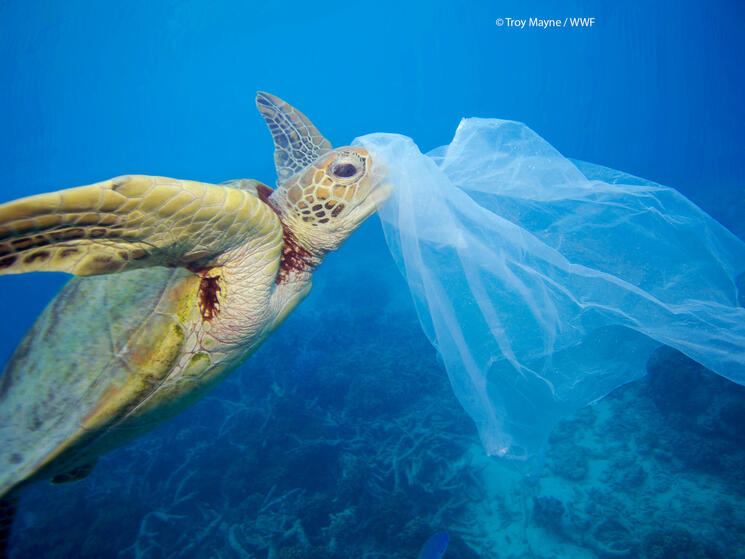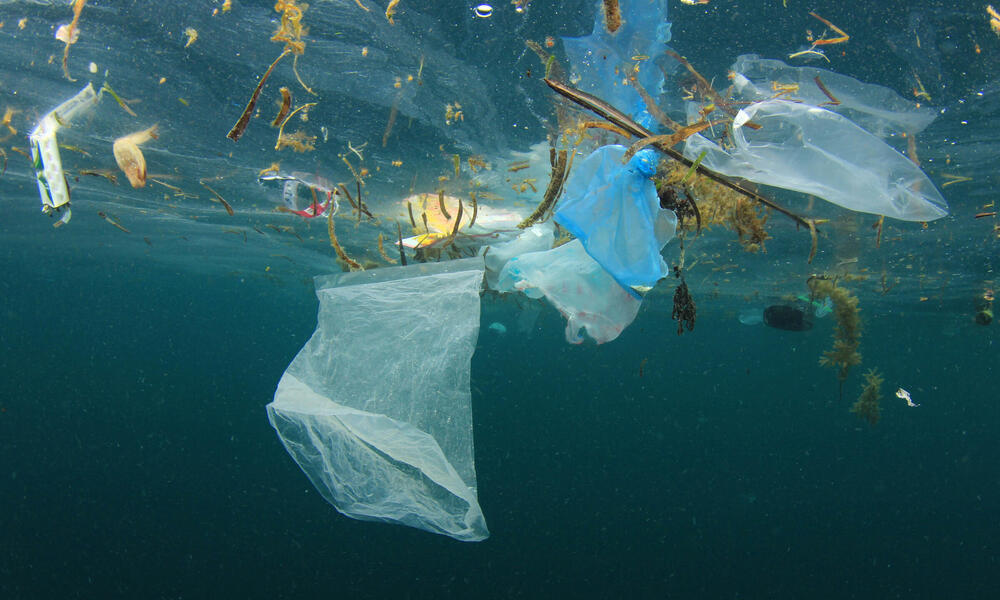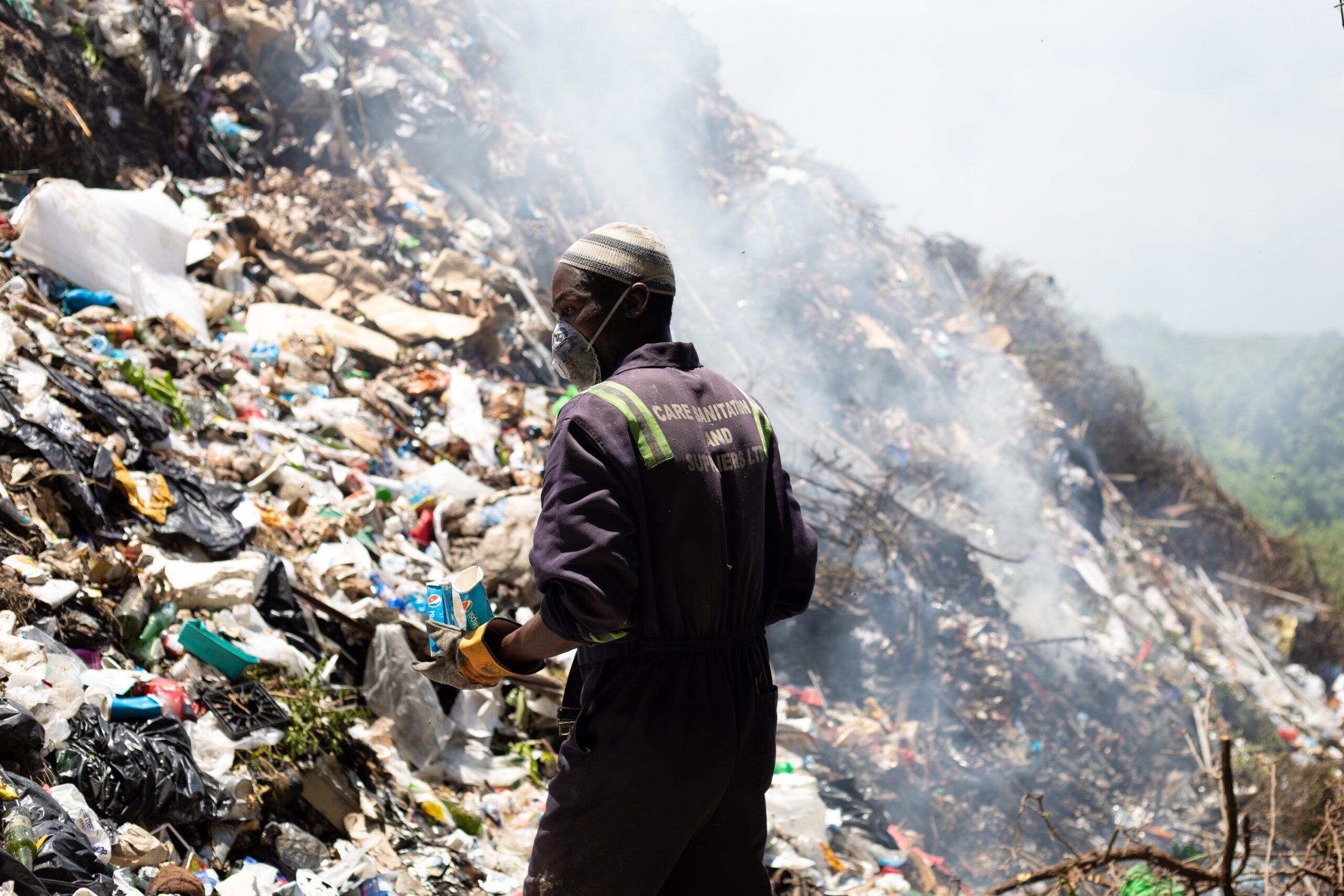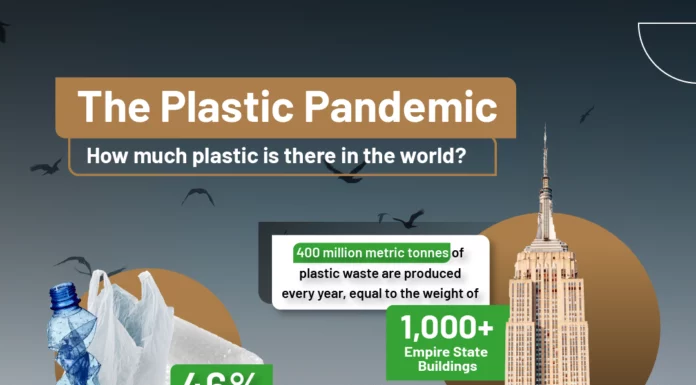Introduction
The global plastic crisis has reached critical levels, with PET playing a major role in environmental degradation. According to WWF initiatives, over 400 million tons of plastic waste are produced each year, much of it PET from single-use items ending up in landfills or oceans [1]. Recycling rates for PET stand at about 12% as of 2020, leaving the majority to pollute ecosystems and harm wildlife [1]. Enzyme-based recycling, using biocatalysts to break down PET into reusable monomers, offers a promising alternative to traditional methods, potentially handling contaminated waste more efficiently [2]. However, NGOs emphasize that this technology must integrate into broader strategies, including production cuts and policy reforms, as highlighted in the UN Global Plastics Treaty agreed upon by 175 countries in 2022 [3].

The Environmental Toll of Non-Recycled PET
Non-recycled PET inflicts severe damage on the planet, contributing to extensive pollution. More than a dump truck’s worth of plastic, including PET, enters oceans every minute, leading to microplastic contamination that harms marine life and human health [1]. Studies from Frontiers describe PET as a major environmental threat, breaking down into particles ingested by organisms and entering food chains [G1]. Globally, this causes habitat destruction and biodiversity loss; projections indicate plastic production could triple by 2050 without major intervention, per Greenpeace discussions on social media [G15].
Expert analyses confirm these impacts. A 2025 Nature Communications report notes that non-recycled PET exacerbates persistent waste accumulation, polluting soils and waterways [G4]. NREL highlights that enzyme recycling could reduce energy use by up to 65% compared to fossil-based methods [G8]. Analysts warn of a rebound effect—more efficient recycling reducing costs but encouraging further production unless regulated.

Technological Promise of Enzyme-Based Recycling
Enzyme-based PET recycling employs hydrolases to depolymerize PET into terephthalic acid and ethylene glycol for reuse. Recent advancements, such as those in a 2025 Nature Chemical Engineering article, show near-quantitative conversion with minimal chemical inputs, improving economic feasibility [G3]. NREL’s 2025 research reports lower energy use and emissions, superior to mechanical recycling for complex wastes [G8].
Market data supports strong growth: the recycled PET market could reach USD 24 billion by 2032 (9% CAGR) due to enzymatic advances [G13]. A ScienceDirect study on kinetic modeling optimizes hydrolysis for sustainability [G2]. Key challenges—scalability and upfront energy costs—persist, noted in PMC research [G6].
NGO Perspectives: Cautious Optimism and Critiques
Environmental NGOs adopt a nuanced approach. WWF’s 2022 stance on chemical recycling stresses that enzyme technologies must prove clear environmental benefits and support for circular economies [2]. They advocate for waste reduction before recycling, warning against greenwashed solutions.
Greenpeace labels advanced recycling a “false solution” that delays systemic plastic cuts, emphasizing the inclusion of waste pickers in treaty negotiations to ensure equity [3]. Social media debates mirror skepticism, calling for transparent data on lifecycle impacts. Synthesized NGO analyses underline that WWF favors ethical deployment, whereas Greenpeace calls for production caps and accountability.

Constructive Solutions and Future Trends
Promising pathways include research standardization for PET hydrolase evaluation [G4] and EU initiatives like the upPE-T project on enzymatic upcycling into biodegradables. NGOs advocate policy synergy via the UN Plastics Treaty to enhance global recycling systems and social protections [3].
Emerging technologies feature genetically engineered enzymes and fed-batch processes improving yields [G12]. Market predictions indicate an $89.6 billion PET segment by 2035 driven by sustainable manufacturing [G10]. Collaborative frameworks combining corporate accountability, NGO oversight, and government regulation appear central to progress.
KEY FIGURES
- Global PET production: Over 400 million tons of plastic waste are produced annually worldwide, with PET being a significant portion of this figure (exact PET share within this total is substantial but varies by source) [1].
- PET recycling rate: Approximately 12% of PET produced globally was recycled as of 2020, leaving the vast majority as waste, often contributing to environmental pollution [1].
- Ocean pollution: More than a dump truck load of plastic waste, including PET, enters oceans every minute, severely impacting marine ecosystems [1].
RECENT NEWS
- WWF highlighted in 2022 the urgent need to reduce virgin plastic production and improve recycling infrastructure, emphasizing that current systems fail to manage plastic waste effectively [1].
- The United Nations’ Global Plastics Treaty, agreed upon by 175 countries by 2022, aims to end plastic pollution through inclusive policies that address waste pickers’ rights and improve plastic waste management worldwide {3}.
STUDIES AND REPORTS
- WWF’s 2022 position on chemical recycling, including enzyme-based technologies, stresses that such innovations must provide genuine environmental benefits and uphold social safeguards, contributing to a circular economy without replacing reduction and reuse strategies {2}.
- Greenpeace underscores the importance of waste pickers’ role in plastic recycling and advocates for policies that enhance fair compensation and social protections, linking these social aspects to effective plastic waste reduction {3}.
TECHNOLOGICAL DEVELOPMENTS
- Enzyme-based PET recycling is recognized as a promising technology that can break down complex or contaminated plastic waste more efficiently than mechanical recycling methods, potentially increasing recycling rates for PET [1]{2}.
- WWF supports the development and implementation of chemical recycling technologies only if they are environmentally sound, socially responsible, and integrated within a broader waste management framework that prioritizes reducing plastic production and increasing reuse {2}.
- Environmental NGOs emphasize that enzyme technology should complement, not replace, systemic changes such as policy reforms, consumer behavior shifts, and infrastructure improvements to address plastic pollution effectively [1]{3}.
MAIN SOURCES
- https://www.worldwildlife.org/initiatives/plastics – WWF plastics initiatives and positions on plastic pollution and recycling.
- https://www.worldwildlife.org/publications/wwf-position-chemical-recycling-implementation-principles – WWF position on chemical recycling technologies including enzyme-based recycling.
- https://www.greenpeace.org.uk/news/waste-picker-hidden-heroes-tackling-the-worlds-plastic-pollution/ – Greenpeace on waste pickers’ role and global plastics treaty.
- https://www.greenpeace.org.uk/work-for-greenpeace/ – Greenpeace organizational and campaign information.
- https://www.greenpeace.org/usa/jobs/ – Greenpeace’s mission and values related to environmental advocacy.
—
Synthesis:
Environmental NGOs such as WWF and Greenpeace recognize the potential of enzyme-based PET recycling as an innovative approach to addressing the persistent problem of PET plastic pollution, which currently accounts for a large share of the over 400 million tons of plastic waste generated annually. However, these NGOs emphasize that this technology must be integrated into a broader strategy that includes reducing plastic production, especially single-use plastics, improving recycling infrastructure, and promoting reuse and systemic policy reforms.
The environmental damage caused by non-recycled PET is extensive, contributing to marine pollution, microplastic contamination, and harm to ecosystems and human health. NGOs stress that while enzyme-based recycling can increase the efficiency of processing complex plastics, it cannot be the sole solution.
WWF’s position specifically advocates for chemical recycling technologies—including those based on enzymes—to be deployed with strict environmental and social safeguards and as part of a circular economy framework. Greenpeace highlights the crucial role of informal waste pickers, advocating for their rights and inclusion in policymaking to ensure a just transition in plastic waste management.
Globally, the low recycling rate of PET (~12%) indicates significant room for improvement, and enzyme-based recycling could play a critical role in increasing this rate if combined with systemic change and political commitment, such as the ongoing efforts under the UN Global Plastics Treaty.
Thus, the consensus among environmental NGOs is that enzyme-based PET recycling is a valuable technological advancement but must be complemented by plastic use reduction, enhanced recycling systems, and social equity measures to effectively mitigate the environmental impacts of PET pollution.
Propaganda Risk Analysis
Score: 6/10 (Confidence: medium)
Key Findings
Corporate Interests Identified
The National Renewable Energy Laboratory (NREL), a U.S. Department of Energy entity, is prominently featured and benefits from positive framing as a leader in enzyme recycling research. Affiliated with the BOTTLE Consortium (involving universities and labs), it could indirectly promote government-funded innovations, potentially influencing NGO narratives without disclosing funding ties.
Missing Perspectives
The article, framed as ‘NGO Perspectives,’ excludes voices from environmental skeptics, independent scientists, or groups like Greenpeace that critique bio-recycling for scalability issues, potential greenwashing, or incomplete lifecycle impacts (e.g., water use or enzyme production emissions). No mention of opposing views on whether enzyme methods truly outperform mechanical recycling.
Claims Requiring Verification
Claims of ‘reduced energy’ and ‘scalability’ are vague and unsourced in the provided text; no specific statistics (e.g., percentage reductions) or peer-reviewed citations are given, making them dubious without verification. Broader web sources confirm NREL studies show energy efficiency gains (e.g., up to 65% reduction in recent reports), but the article doesn’t reference them explicitly.
Social Media Analysis
Searches on X/Twitter for enzyme-based PET recycling, environmental impacts, and NREL reveal mostly positive sentiment around recent innovations (e.g., AI-designed enzymes and energy reductions), with posts from scientific accounts and news aggregators dating to 2025. No overt coordinated promotion or paid campaigns detected; discussions are sporadic and tied to legitimate research releases. General greenwashing topics appear in unrelated posts about corporate tactics, but nothing directly links to NREL or PET recycling propaganda.
Warning Signs
- Excessive praise for NREL and enzyme recycling without addressing potential downsides like high initial energy costs or scalability challenges mentioned briefly but not critiqued
- Language resembles marketing copy, emphasizing ‘mitigation’ and ‘innovations’ without balanced evidence
- Absence of independent expert opinions; relies heavily on NREL highlights, potentially indicating bias toward positive NGO-corporate alignment
- Missing environmental concerns, such as enzyme production’s carbon footprint or long-term ecological impacts
Reader Guidance
Analysis performed using: Grok real-time X/Twitter analysis with propaganda detection
Other references :
worldwildlife.org – Plastics | Initiatives | WWF – World Wildlife Fund
worldwildlife.org – WWF Position: Chemical Recycling Implementation Principles
greenpeace.org.uk – Waste pickers are the hidden heroes tackling the world’s plastic …
worldwildlife.org – Careers, Benefits, Internships | WWF – World Wildlife Fund
greenpeace.org.uk – Jobs at Greenpeace
indeed.com – Greenpeace At Jobs, Employment | Indeed
greenpeace.org – Work for Greenpeace
greenpeace.org – Current Job Openings – Greenpeace
frontiersin.org – Source
sciencedirect.com – Source
nature.com – Source
nature.com – Source
sciencedirect.com – Source
ncbi.nlm.nih.gov – Source
pmc.ncbi.nlm.nih.gov – Source
research-hub.nrel.gov – Source
openpr.com – Source
openpr.com – Source
sciencedirect.com – Source
nature.com – Source
stratviewresearch.com – Source
sciencedirect.com – Source
x.com – Source
x.com – Source
x.com – Source
x.com – Source
x.com – Source
x.com – Source



